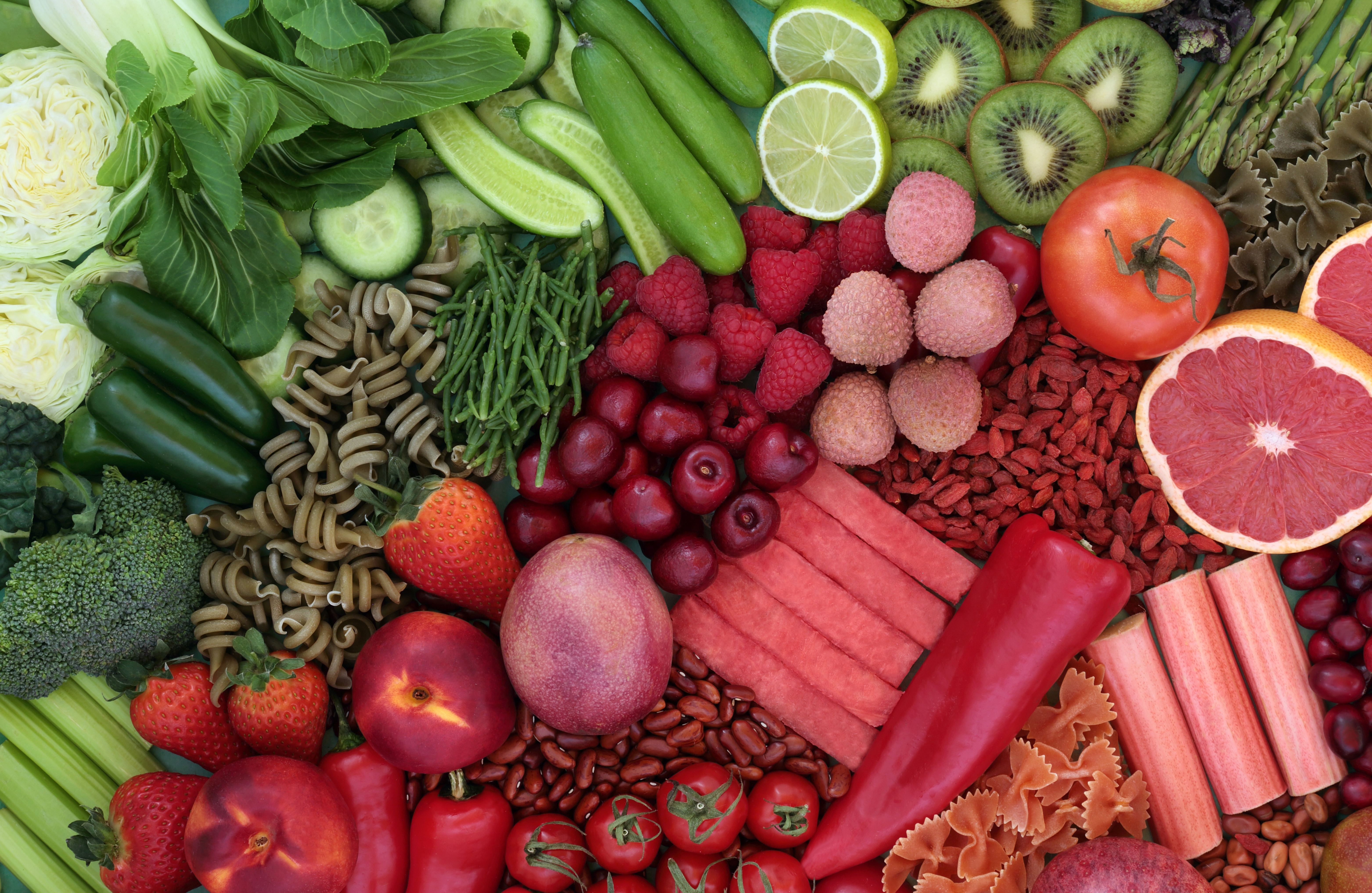
Plant-Based Eating and What it Means to You
Have you heard of plant-forward eating? It's a lifestyle that focuses on eating predominantly plant-based foods. Plant-based diets are becoming increasingly popular, but what is plant-forward eating, and how do you follow it? Read on, and we'll show you the way!
What Is a Plant Forward Diet?
A plant-forward diet is an eating plan that focuses on eating more whole, unprocessed plants with fewer processed foods. In other words, it's all about eating whole foods instead of processed ones. It's about eating plants as the core of your meals and then adding in things like eggs, fish, and occasional meat, as you see fit. We like to say it's eating the plant rather than food manufactured in a plant!
Plant-forward and Mediterranean diets share a lot in common. They're both focused on healthy eating, avoiding processed foods, and consuming many whole foods. As a result, they tend to be high in fiber and nutrients. And both diets contain plenty of fresh fruits and vegetables and healthy fats like olive oil. Neither are necessarily meat-free. And whereas in the Mediterranean diet, lean meat and fish are quite prominent, in a plant-forward diet, meat and fish are relatively infrequent.
Both plant-forward and Mediterranean diets have been shown to reduce the risk of heart disease and other chronic diseases by lowering blood pressure, cholesterol levels, and triglycerides; improving insulin sensitivity; controlling weight gain; reducing inflammation; and improving gut health.
How do I follow it?
You can follow a plant-forward diet by creating a plate that looks like this:
Fill your plate with vegetables, greens, and whole grains. You can also add healthy fats such as avocado or nuts. A plant-forward diet emphasizes eating plants, which can confuse people who are used to thinking of meat as the most important part of a meal. But the truth is that plant-based foods are packed with nutrients, including protein and fiber, which is why many health experts recommend them for a healthy lifestyle. A common concern about vegetarian and vegan diets is that they may need more protein. Those following a more strict vegan diet need to ensure they get adequate protein through the consumption of high-quality plant-based protein sources, including legumes (beans, peas, soy/edamame, etc.), nuts and seeds, and, albeit in lesser quantity, vegetables themselves.
If you're interested in following a plant-forward diet, here are some tips:
Choose whole foods over processed foods.
This means choosing foods without added sugar and minimal added salt and avoiding highly processed foods like white bread and pasta.
Eat lots of vegetables and fruit!
Focus on vegetables with lots of colors, such as carrots, bell peppers, and broccoli. You can also enjoy fruit like apples, berries, oranges, and an occasional banana, good sources of vitamins and minerals.
Protein
Source your protein from grains, beans, and other legumes instead of meat or fish (if these are part of your diet). A plant-forward diet puts the plants at the center of the plate rather than the meat. Meat, should you wish to consume it, then steps in once or twice a week rather than making a daily appearance.
Beans make a great addition to salads or soups because they are loaded with fiber, so you feel satiated for extended periods after eating them, keeping your gut microbiome (link to another article) happy and healthy.
Start gradually: Meatless Mondays, Tempeh Tuesdays, and pay attention to how your body feels!
Try new combinations of these foods until you find ones that work well together. You'll be surprised how quickly meat no longer has to be the star of the show.

